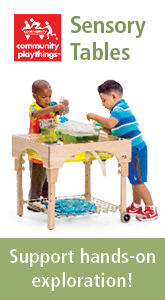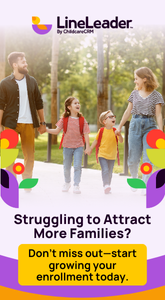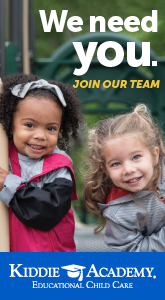July 3, 2025
What Not to Do When Children Are in Conflict
I remembered those angry, red-faced students telling me that they didn’t use their conflict resolution skills when they were heated because they just couldn’t think. And now I knew why! Their amygdalas had hijacked their brains in order to protect them and had turned off all memory of my lessons.
– Linda Ryden, from her article, “I’m a Peace Teacher. Here’s How Brain Science Helps My Kids Handle Conflict“
When children are in conflict – with each other or with adults – that is not the time to try to rationally discuss their behavior. In her article, “The Unteachable Moment,” which forms the basis for the Out of the Box Training, Brain-Based Approach to Behavior, Kirsten Haugen describes how brains react to conflict.
“These perceived threats are processed in the same way as physical threats, and the amygdala responds in the same way to focus our minds and bodies to react rather than to reflect…Learning will not occur while the brain is flooded with cortisol. Accept this and move on to some very helpful things you can do during an unteachable moment.”
Haugen suggests that first adults must, “Keep your focus on calming things down, starting with yourself.”
There will come a time, Haugen reassures, that adults can calmly discuss children’s behavior, but it must come after children’s brains are no longer on high alert.
The Out of the Box Training provides a number of practical steps for effectively addressing children in conflict.
Share with the hashtag #ExchangeEveryDay
Print Friendly












